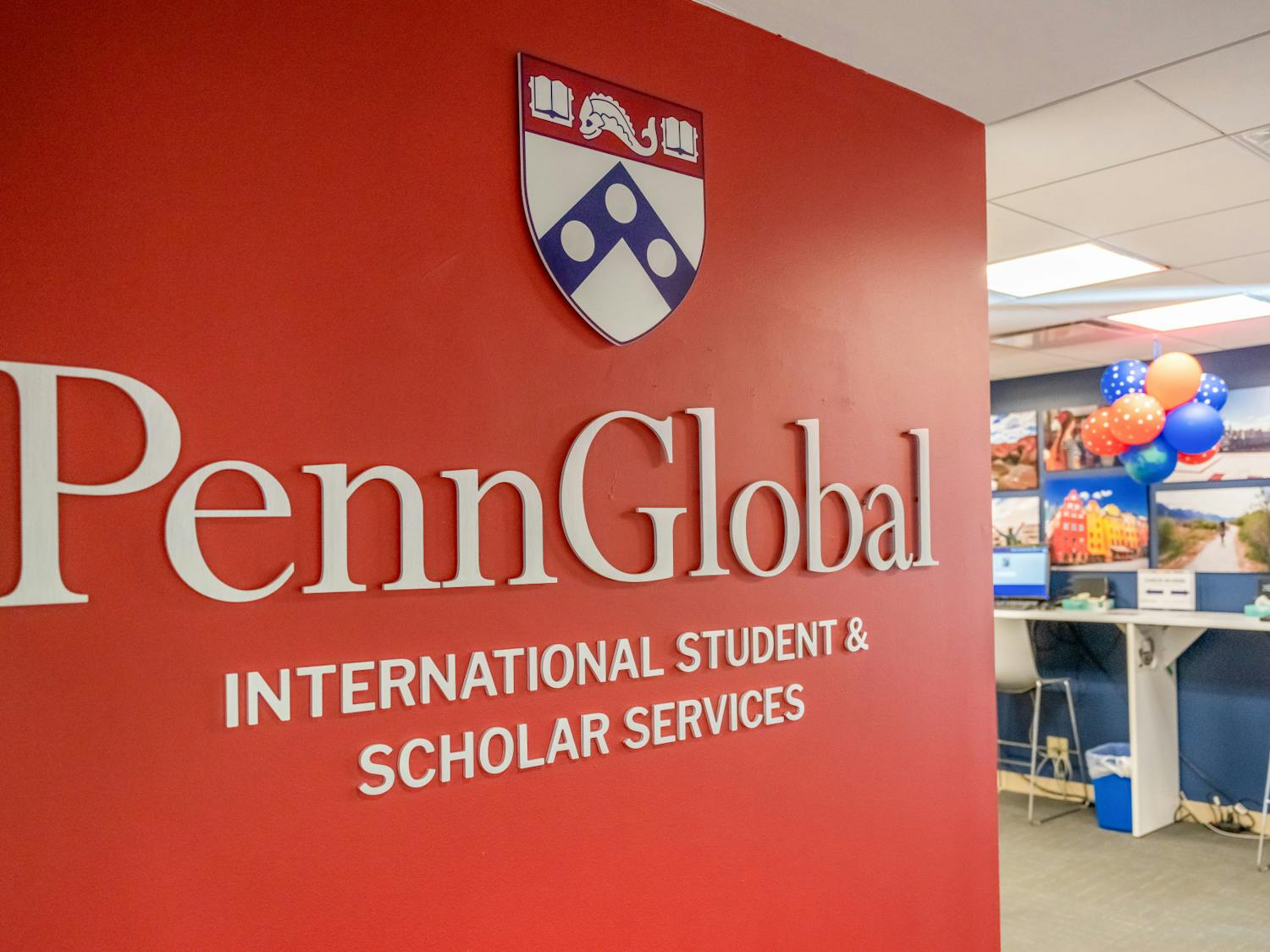A resident of Southwest Philadelphia, Cheryl Thomas has been working at the Starbucks Coffee in 1920 Commons for two years.
Ethel Gurley is a janitor with Penn Facilities and has been working at Penn for over five years. She says she "loves it."
In all probability, neither would have been on campus 10 years ago, had the University and the Health System not made a concerted effort to hire more minorities and women from the surrounding community.
"If we have a strong neighborhood surrounding Penn, it improves the quality of life both for the community and the university," said Glenn Bryan, co-chairman of Penn's Economic Inclusion Committee. "Bringing jobs, and working with businesses, would help improve our local economy, so to speak. It was a win-win situation."
Recently, Penn has taken steps to amplify its economic inclusion efforts, and the results are showing - today, over 15 percent of Penn's total workforce hails from West and Southwest Philadelphia.
The University's strategy for economic inclusion began with an effort to hire more individuals from these underrepresented groups for construction on campus.
It has since expanded beyond these hirings to include apprenticeship programs in trades such as carpentry, plumbing and bricklaying, and partnerships with local businesses.
Penn has developed close relationships with locally-owned and African American-owned companies such as the Telrose Corporation, an office supplier, and EMSCO, a laboratory-products distributor.
In 2006 alone, Penn had purchased more than $70 million in products and services from local-based suppliers, of which $51 million had gone to minority suppliers.
"We've provided the opportunity for local firms to grow and do business with universities," said managing director of design and construction Frank Daly. "The community seems very pleased.
And, according to officials, the effort to promote good relationships with the surrounding community is at the heart of this strategy.
"I would say that the economic inclusion strategy has helped Penn dramatically with its relations with the community," said Bryan. "This has really been a very important function for the University and for other universities in the area."
Temple and Drexel universities have also done similar work in the field.
However, officials understand these efforts will not be accomplished overnight.
"For us to do our neighborhood initiatives, it wasn't just a matter of fixing up houses in the community around Penn's campus and making it much more beautiful," Bryan said.
"We needed to look at the wider West Philadelphia, Southwest Philadelphia, and that's where this leads to."








